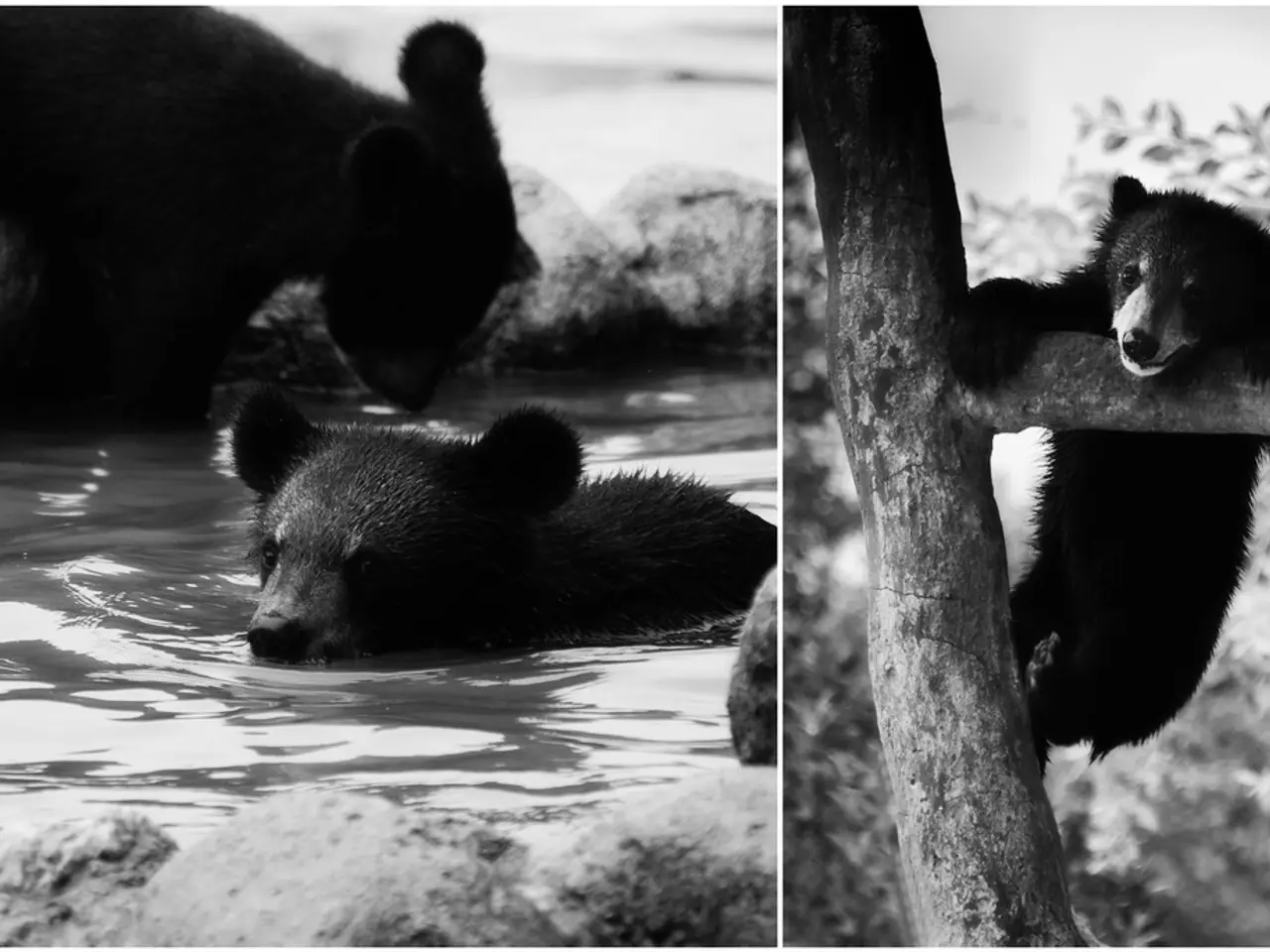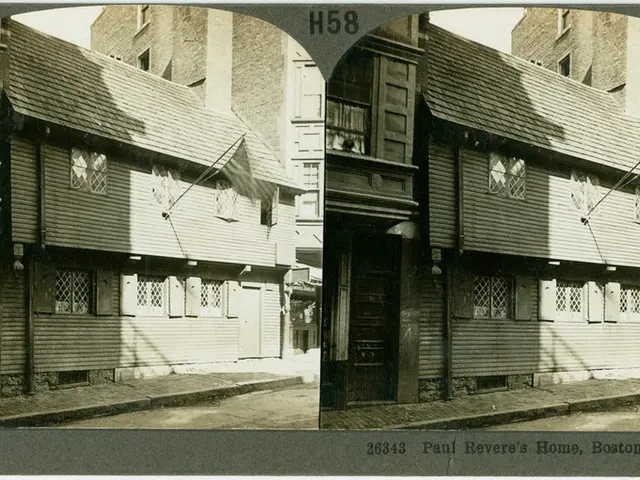Seminole Nation's Black Members: A Chronicle of Fleeing, Allying, and Being Overlooked
Black Seminoles: A Hidden Chapter in American History
In the 18th and early 19th centuries, hundreds, and eventually thousands, of enslaved people from Georgia and the Carolinas escaped to Spanish Florida. There, they found protection in the dense mangroves and labyrinthine waterways, away from white slave catchers. Among these refugees, a unique group emerged - the Black Seminoles.
The Seminole people, a Native American group, welcomed these escaped slaves and formed alliances with them. Sharing farming techniques and building communities, they helped the Black Seminoles establish their own farms and communities and maintain their distinct cultural practices. This cultural fusion was marked by African musical rhythms and Seminole chants.
Despite the hardships, the Black Seminoles continued to fight for their autonomy and preserved their unique culture in exile. They and their Seminole allies fought fiercely against the U.S. government during the Seminole Wars, using guerrilla tactics and intimate knowledge of the land to outwit larger armies. Their resistance became legendary, inspiring fear among their enemies and hope among those still in bondage.
However, the journey westward was not easy. Due to military force and relentless pursuit, many Black Seminoles and their Native allies were forced to leave Florida in the 1830s and 1840s, and trudged westward to Indian Territory (present-day Oklahoma). In this new land, they faced challenges such as new neighbors, unfamiliar landscapes, and the threat of slave catchers.
In Indian Territory, some Black Seminoles served as scouts for the U.S. Army during the Indian Wars, using their unique skills in tracking, survival, and guerrilla tactics. Others faced challenges, with some being forced to serve as slaves or second-class citizens by their former allies, the Creek and Seminole Nations, due to U.S. laws and racial prejudice.
Despite these obstacles, the Black Seminoles persevered. In the late 19th century, some moved westward to Texas and Mexico in search of true freedom. In Mexico, they were known as "Los Mascogos" and became renowned as fierce warriors, helping protect northern Mexico from Comanche raids.
Today, the descendants of Black Seminoles continue to fight for recognition, seeking to reclaim their unique heritage that was nearly erased by centuries of neglect and discrimination. The legacy of the Black Seminoles endures in the resilient communities that keep their traditions alive, in the music and stories passed down through generations, and in the quiet pride of those who remember their ancestors' fight for freedom.
Yet, the Black Seminoles' stories have often been written out of the American narrative, with their contributions largely ignored. It is crucial to remember and honour their resilience, courage, and determination, as they forged a unique path in American history.








